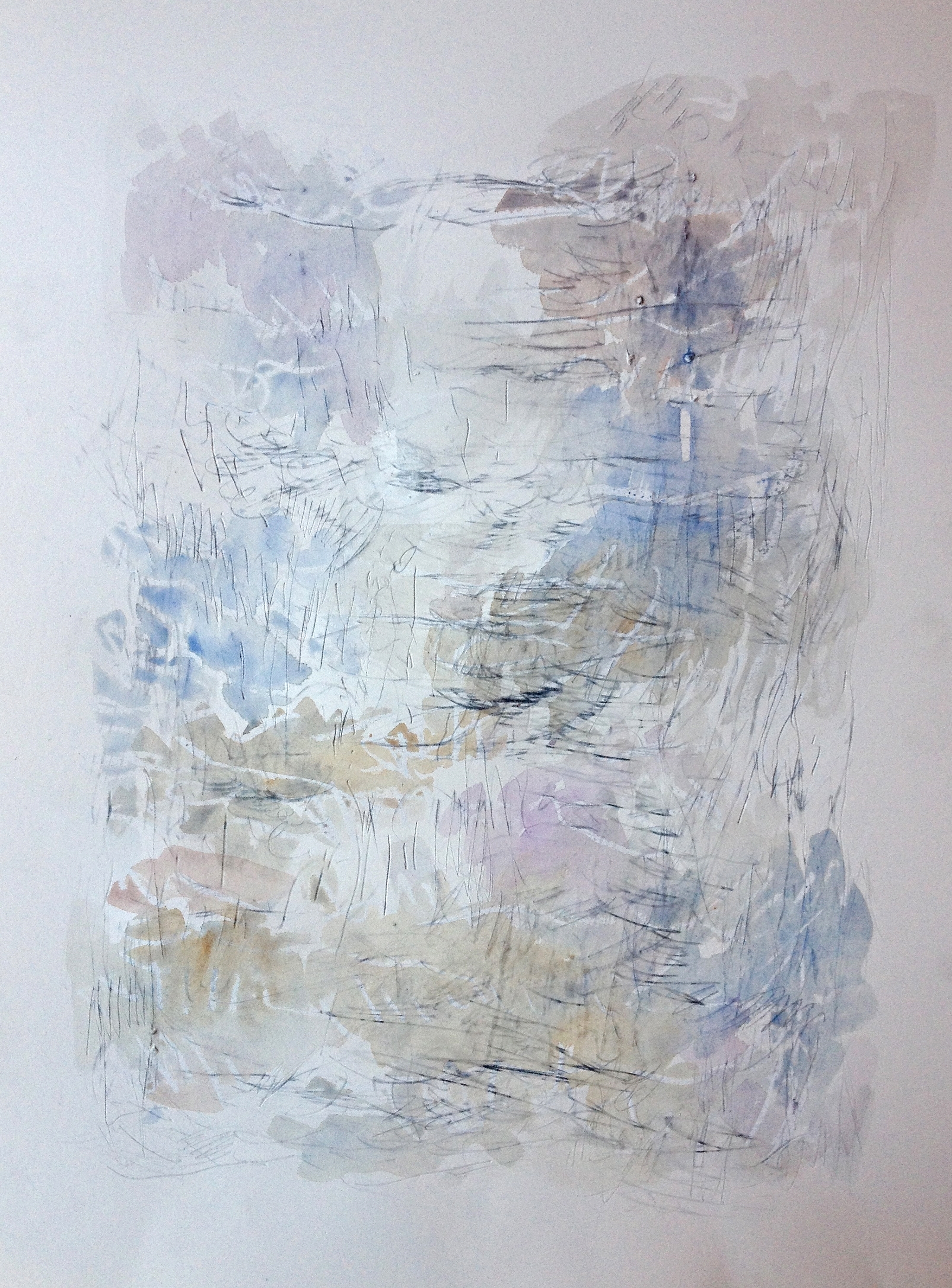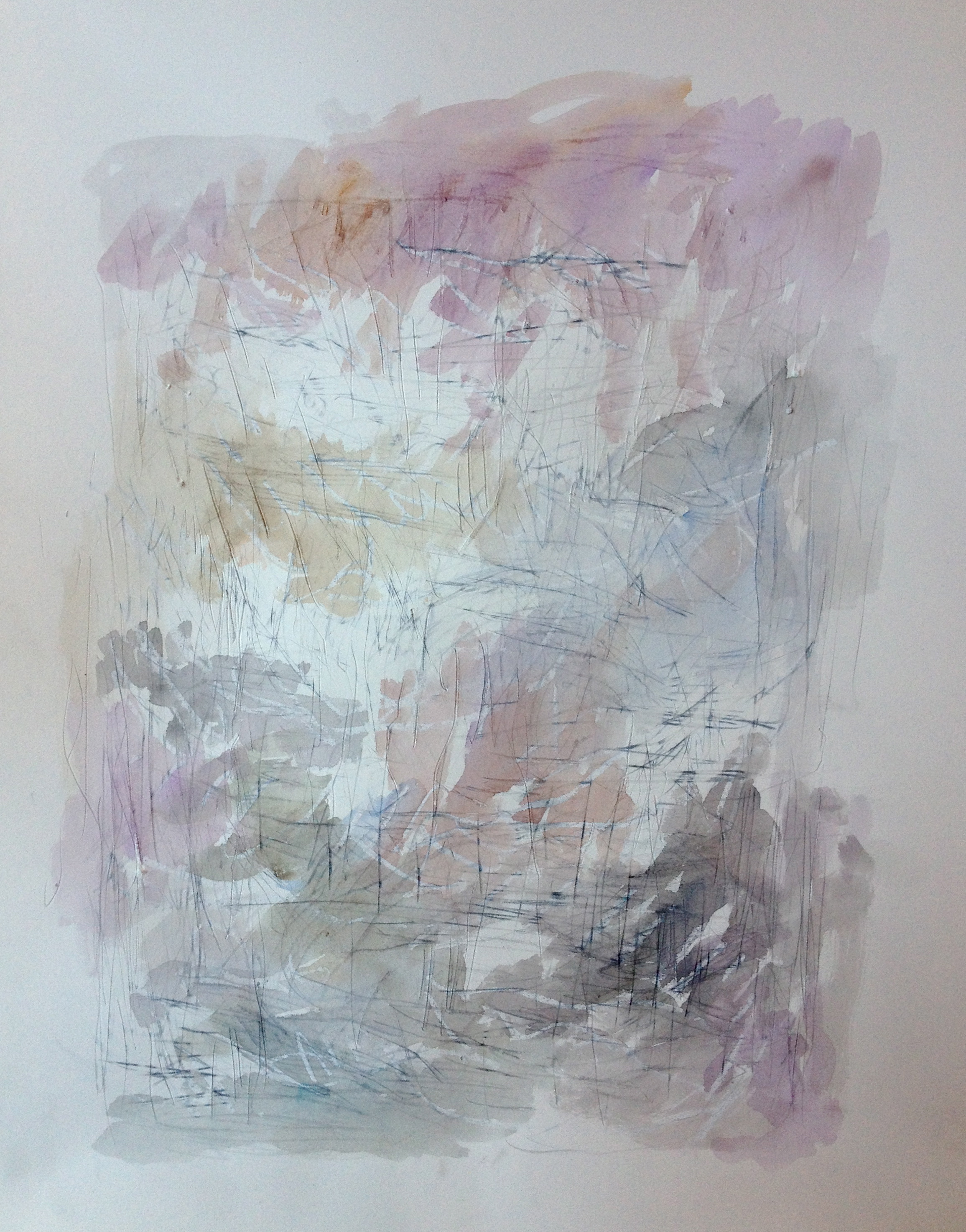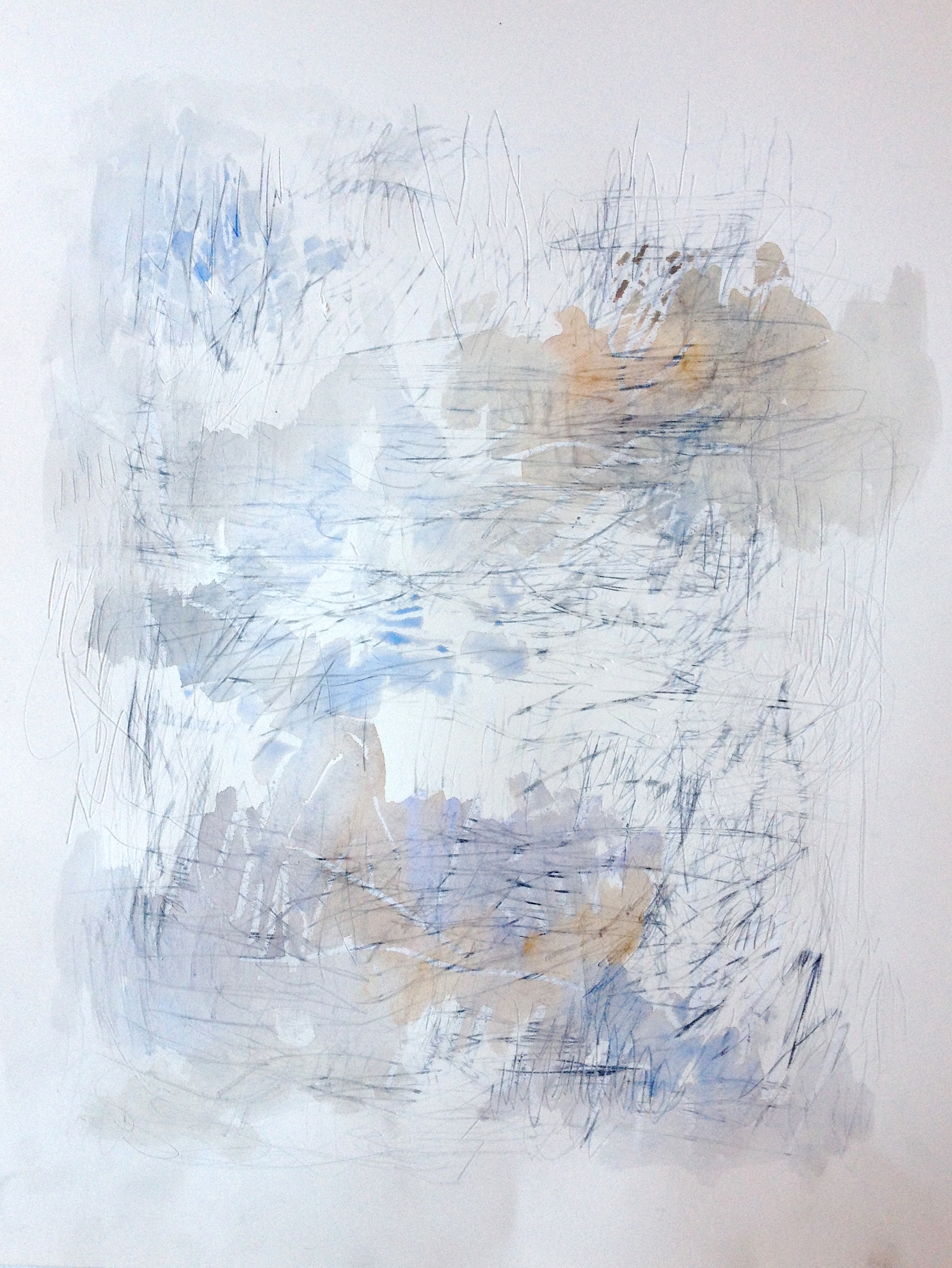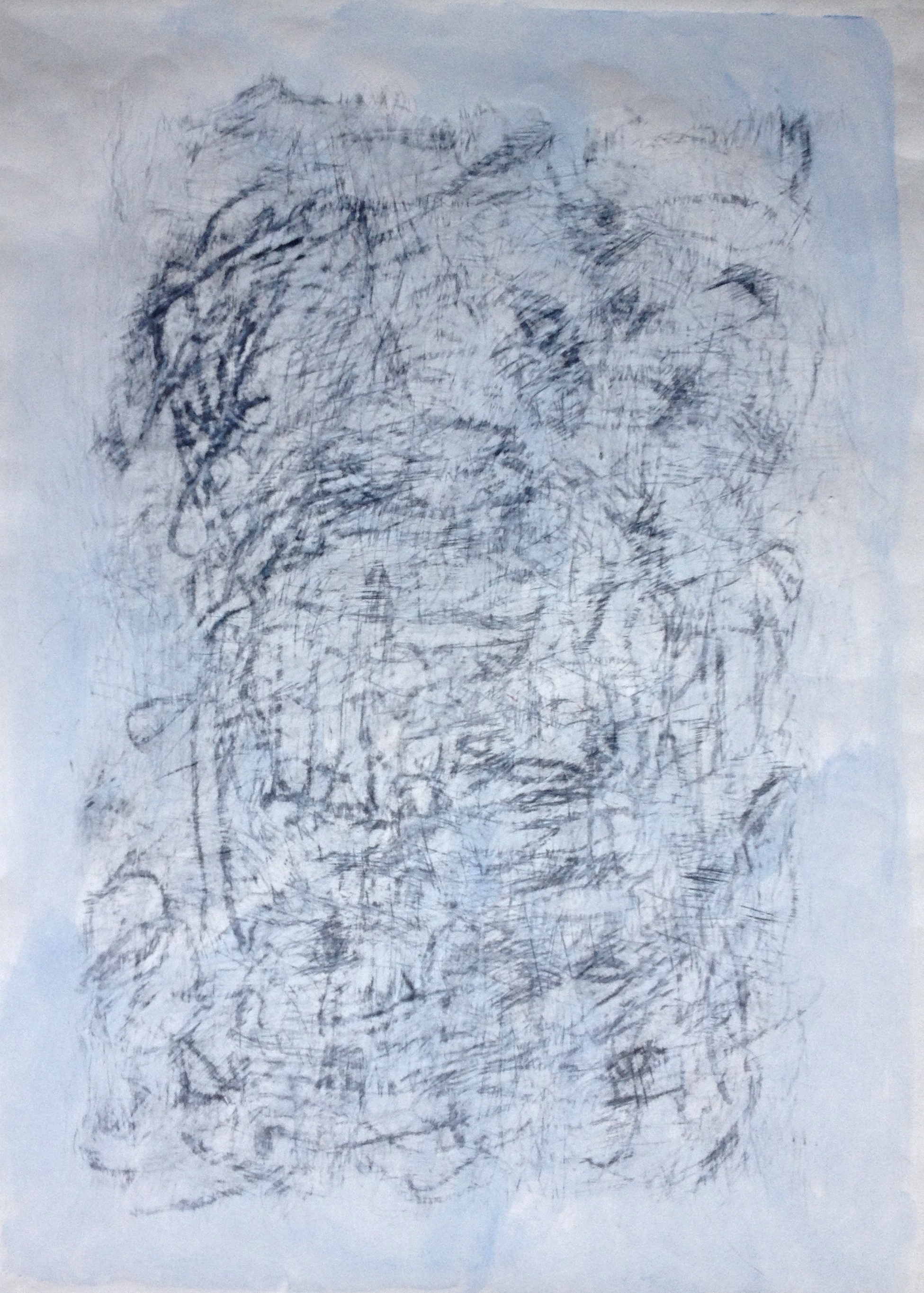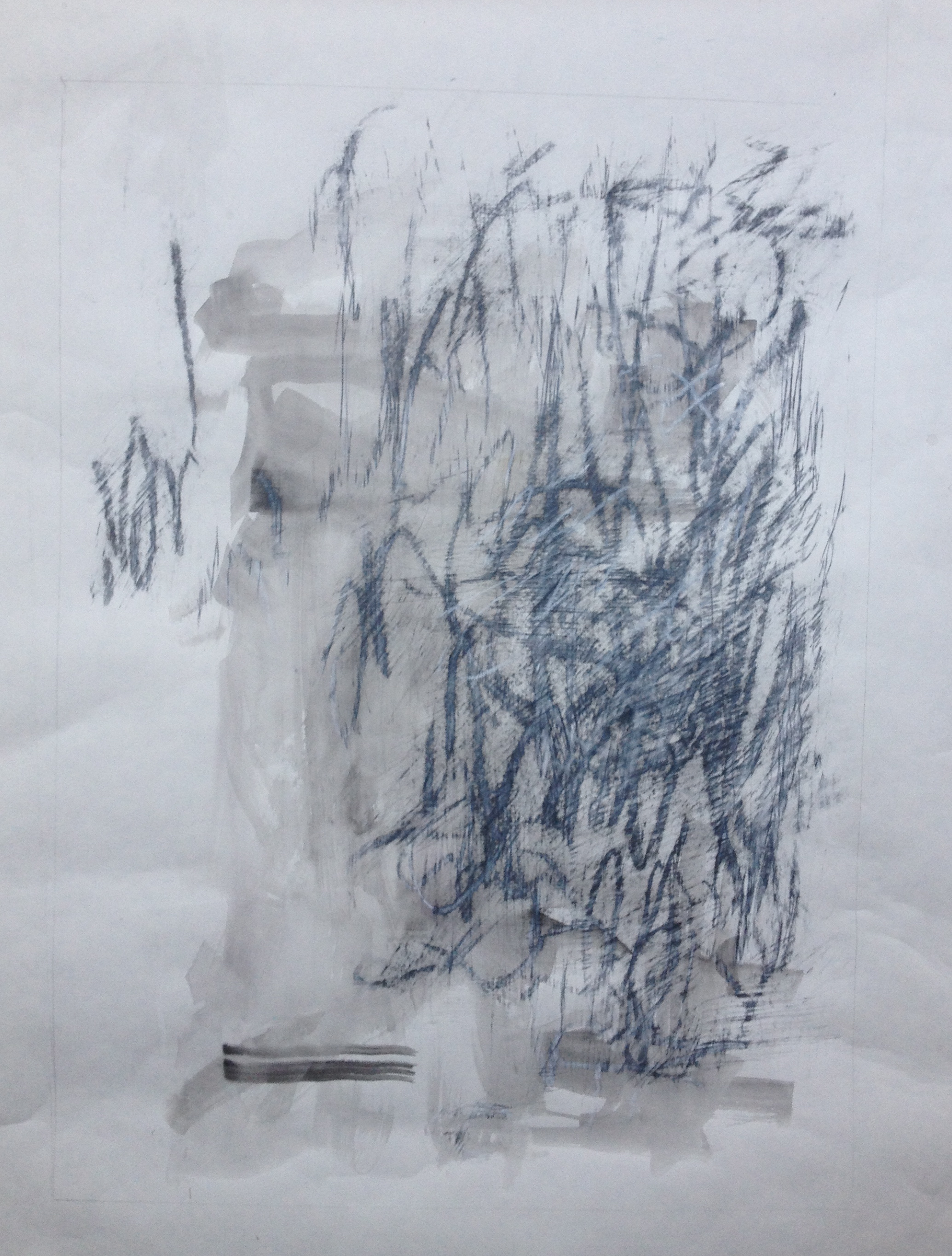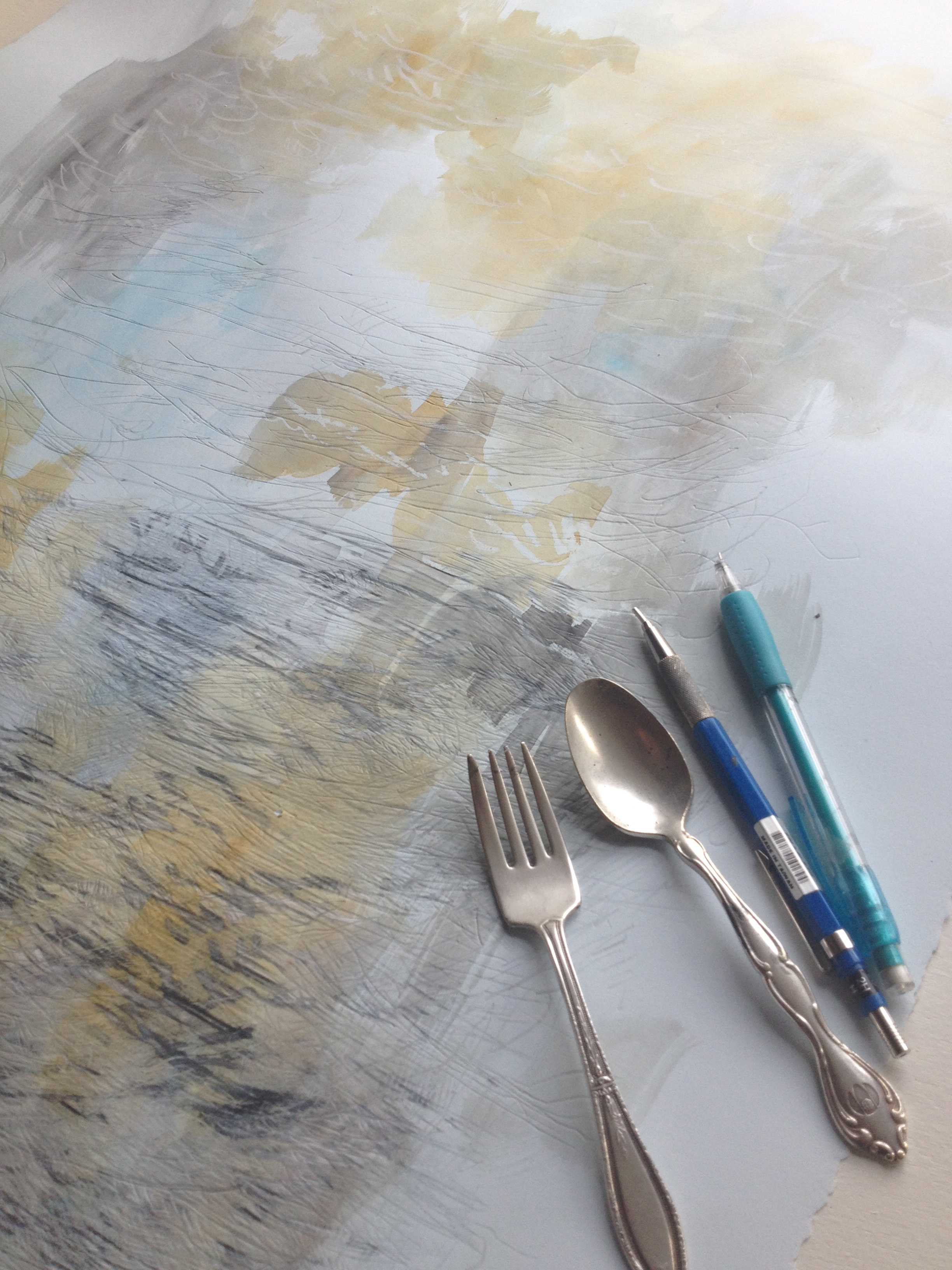Dieter and Me: From Food to Line
* A version of this short, meandering paper was presented at the Canadian Culinary Imaginations Symposium at the Kwantlen Polytechnic University, Richmond, BC, Canada on February 20, 2016. It was written to be spoken aloud so the punctuation and flow and spacing will be vaguely screwy. I suggest reading it aloud to yourself, or maybe to a plant or small pet.
This could be any cafe in the world. It smells of coffee and beer and pizza. There is art on the walls, people on their laptops, others laughing and talking. This particular bistro is in Seyðisfjörður Iceland, the cafe is the Skaftfell bistro and gallery, and the prints on the walls were created by Swiss artist Dieter Roth, the dozens of prints representing a small fortune in art sales if they were somehow, impossibly, no longer desired here, impossibly because this space was in part designed by Dieter Roth himself. The spirit of the artist looms large in this place, and this town.
Dieter Roth is in part why I travelled here to Iceland, yet this is not an outright pilgrimage. I am part of the Heima collective down the road, on a three month residency.
Heima is large green building in the centre of town, both studio space and home. Heima in Icelandic means home. Seyðisfjörður is a town of 660 on the eastern side of Iceland accessible by ferry from Norway and the Faroe Islands or else a single road in, a road sometimes closed in winter months. I am here in winter.
Dieter Roth (1930 - 1998) was a nomadic Swiss-German artist and provocateur, living the last decade of his life in 4 or 5 different cities a year,Seyðisfjörður being one of the them. His son Bjorn, a frequent collaborator of his father's, and an artist in his own right, lives in Iceland, as do his sons. Roth's roots are strong here. Everyone here has a Roth story it seems, even those who are unaware of his impact outside of this fjord and certainly to the many who do.
Dieter Roth, who one summer in the 1960’s was invited to show at a gallery in Los Angeles and filled 37 suitcases with the smelliest of cheeses so the flies came and so did the health department, but as it was the 60’s and it was art, the pungent cheeses were allowed to stay.
Dieter Roth, master printmaker, who would add pecans to his prints, or chocolate, adding spoiled yogurt and meat and allowing the rot to be part of the work, the parasites and bacteria to be collaborators. Yet he did not wish for the obliteration of his work by mould or insects. They were meant to enhance his work, not destroy it. His archival and preservation systems for these ever-changing artworks became a work themselves, systematic and rigourous.
Dieter Roth, trained as a graphic designer, an artist commonly attributed as the originator of the artist book, the book as an art object. Roth quietly has become one of the 20th century's most important artistic figures, yet somehow he still retains the legacy of an outsider. The artists artist.
Roth made thousands upon thousands of works, everything was art to him, could be art, yet he still was an auteur, he believed in technical virtuosity, he believed in the power and skills of he artist. Of the New York Fluxus artists in the 60's, with whom on paper Roth had much in common, he said, “it was the club of the untalented, who made a verbal virtue out of their lack of talent so that nobody could say they had no talent. Modest because they were so incapable.” As grotesque as his works often were, they were in effect , created by a skilled craftsperson, a master of the craft of the wretched.
So to me now,I suppose,
I am an artist living and working in Vancouver. I work at a restaurant here as floor manager and server and I teach kids art at Arts Umbrella. Despite the odious nature of much of Roth's work, teaching kids and serving a finicky foodie public may be to many a true real-world grotesque, a true horror of public interaction and humility.
I make work with food too, and Roth and I certainly share a similar tongue in cheek sense of humour and an appreciation for bad jokes and visual puns.
Here is a small cross section of some work I have done over the years with food, six pieces, some of which have been shown together.
Always Fresh (The Donut Farmer) from 2008. Here I planted a Timbit farm in a parking lot across from a farmers market in Regina as a response to both the proliferation and love of Tim Hortons on the prairies and to farming culture. An installation shot, where it has just rained and everyone kept laughing at me, asking me if I bought crop insurance.
What Leaves Us Feeds Us from 2014 in which i riff off the image of the famous lady and the tramp scene of the dogs with a piece of spaghetti between their mouths. I re-create this image over and over again. This slightly gross and beautiful image repeated in many forms. I was thinking about communal sharing, the language of food, the floating and fluid exchange of voice and love.
Pleasure: A performance of good taste, a skill set, a place setting, 2014, from a series of six photographs all depicting children eating spaghetti , photographs taken by their proud parents, all expulsive public enjoyment.
Tragedy of Open-Faced St. Sebastians or The Sacrifice of Artisanal Sandwiches for the Redemption of the Ethical Glutton a series of three photographs from 2013. Here lunch operates as a grotesque interpretation of myth, sacrificial bodies entering us as gruesome takeaway, where choosing the correct product, the correct foodstuff simulates moral stance, simulates doing good.
Every B in Chilliwack, 2014, this is a detail of a larger installation with a recorded story and drawings. Here I collected and cut out every person with a last name ending in B in the Chilliwack, BC phonebook and preserved them in honey, a sentimental keepsake of the dying world of phonebooks, paper and unfortunately bees.
Dogs' Dinner, 2015, where I took a look at contemporary food design and products and recreated a foodies dream table using slate and brick and other popular serving techniques. The food in this case being made up entirely of dog chews and treats.
To me as Dieter Roth, the artist, is an influence, or rather the idea of Dieter Roth is influential. The few artists I know (outside of Iceland),who appreciate the work of Roth ,do so of his oeuvre, his body of work, or the mythology of his practice, rather than specific pieces. They admire him as an artist who put out literally tons of work experimenting, processing, drawing. I am not a Roth scholar and I do what I believe one must with the work of their heroes( particularly those of a prolific nature), approach the entire scope of their production as one would a pomegranate, pluck out the juicy good stuff and leave the rest for the compost. And with Roth, there was much to compost.
Implausibly,I do not like to show my own work. I know it's part of the deal of being an artist, but the least interesting part of being an artist to me is putting stuff out into the world. I am trying to overcome this artistic defect,however slowly, and the idea of Roth helps. Roth, who put into the world darned near everything. Roth, whose way of making resembles that of a chef where speed, and repetition are ones calling cards. Roth, experimenting in the test kitchen, squashing bananas, printing poetry on plastic bags filled with ground lamb and literally turning literature into sausages.
A chef's best dish is always her next dish, a chef learns by repetition. Over and over and over again, all out into the mouths of the patrons. Series, excess, putting it all out there. Excess as meaning. When one puts in all out there, there are no mistakes, frustrations or failures. The works are simply present to the world as they are. And then one moves on.
I came to Seydisfjordur specifically to draw, to leave food behind, or rather food in the work, as food never leaves ones consciousness, certainly not mine. I love to cook and eat, love to talk, have a drink or two , it is that what binds us cultures together perhaps even more than art.
I find the balance of Roth's studio work appealing, his ability to remain inside and outside the institution, a balance of beauty and horror. He drew and painted constantly, almost compulsively. He was a great drawer. He made many so-called "speedy drawings", made with both hands. Truly bravura performances, testaments to his skill. Perhaps even showing off, "Look I can do this too! I'm not just about the rot!"
I greatly envy how he maintained an aesthetic course with his food works and drawings and prints. I have great difficulty in integrating both into my own practice.
I made dozens (maybe hundreds) of drawings in Iceland, often speedily, often without care of drawing as a noun, but drawing almost entirely as a verb. Unprecious, out there, and then one moves on.
I do enjoy these…things. But I am challenged by their beauty in a way too.
I have yet to been able articulate how I enjoy them. In contemporary art, text tends to win. Even ones naked inability to talk about ones work must somehow be articulated.
Many of the drawings I made at Heima are created by using silverpoint, or at least a bastardized version of the form. Silver forks and spoons carve into paper, onto grease pencil and sometimes watercolour, to leave a mark. A mark of silver.
The marks are permanent, won't smudge like graphite would, or erase, but in a mild nod to Roth's works perhaps, the works will change over time. The lines will begin to oxidize and turn a warmish brown colour, Rot beautifully, I hope. Some of it has already.
But again I am unclear where to put these within the scope of my practice. How are they working, what are they doing to the viewer if anything at all? Are they an acceptable beauty?
Roth's desire seemed to be to disrupt the bourgeoisie, or the artistic status quo at the time , or even the art market, however impossible that may sound nowadays. The abject is now canon, as is Roth's work. So called abject art needs to be exceptional, something to push against. This is the difficulty of much of contemporary art. If that which was once the avant garde is normalized, standardized, then what is there to push against, to reflect?
Roth’s work was meant to be seen with other works, a challenge to artists around him. The 37 suitcases of cheeses was shown in a gallery with another artist's work he found “cheesy” and he created the work as a direct challenge to that artist. Something to smell against. Truly an asshole move on his part. But also pretty great.
Beauty is the word that I believe most haunts and taunts those in the contemporary art world. Beauty is seen as somehow easy. To enjoy beauty is easy and unsophisticated. The next stages of urban, witty food culture could be the counter to what we would traditionally point to as beautiful, the abject within foodie culture. We are moving there already, it seems, with tip to tail restaurants, offering an array of offal to the discerning patron, all served with a hint of macho posturing. “Last night we had pig face in a pop up in an abandoned carwash. It was great. I almost died.” In David Lynch's film Dune, the aristocracy inject their faces with disfiguring diseases as as sign of wealth and privilege. While not going that far, we could soon see abject horror on our plates, as if Roth himself created the menu, bloody jellos, moldy breads, the waft of the rotten, moving through a tastefully curated room, from a beautifully putrid piece of meat.
Dieter Roth's work , whether he would have agreed with this or not, may have laid the foundation, the appetizers, for the next wave of urbane sophistication, for what may be considered the next stage of acceptable beauty, for our eyes, for our mouths, on our plates.




